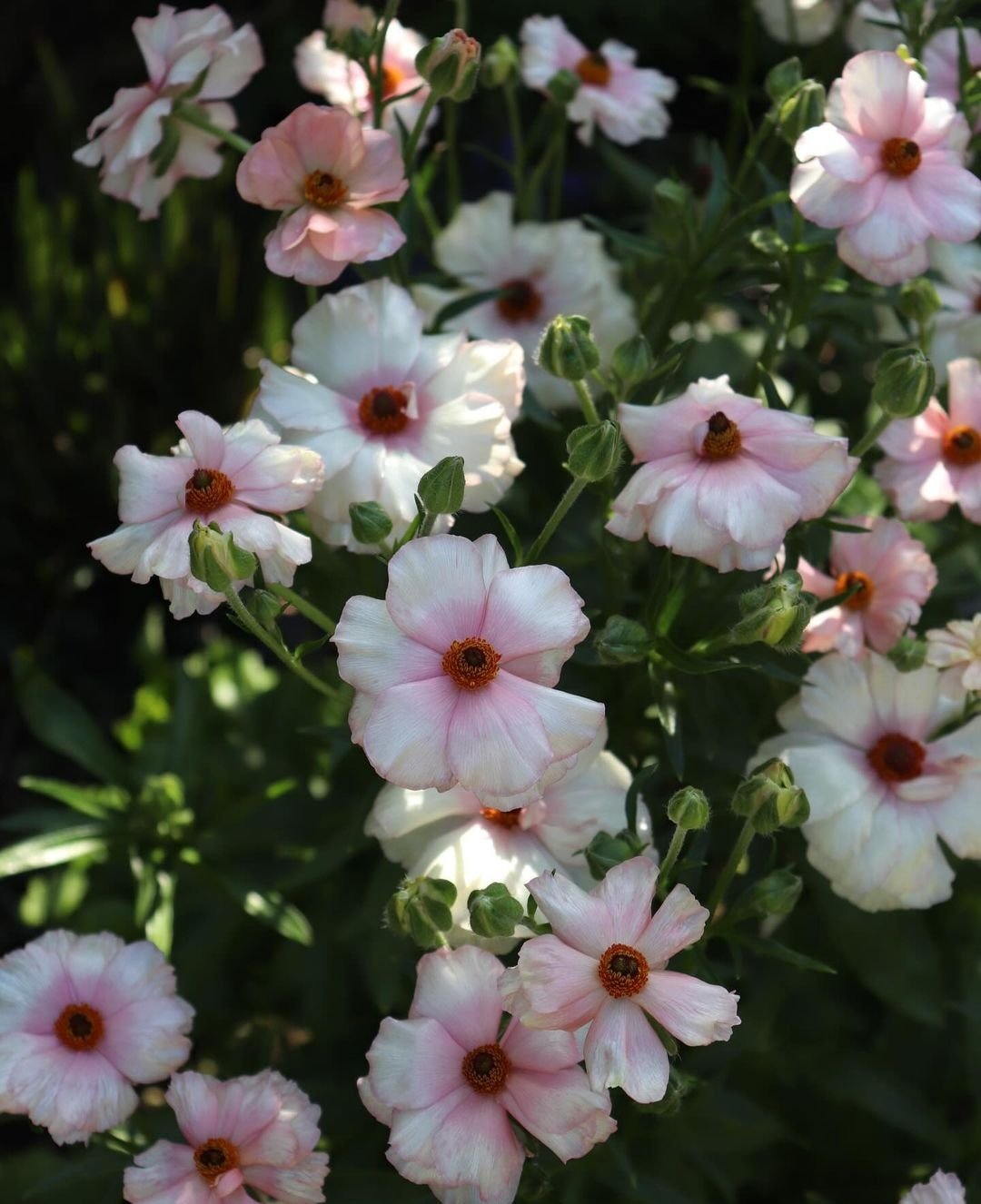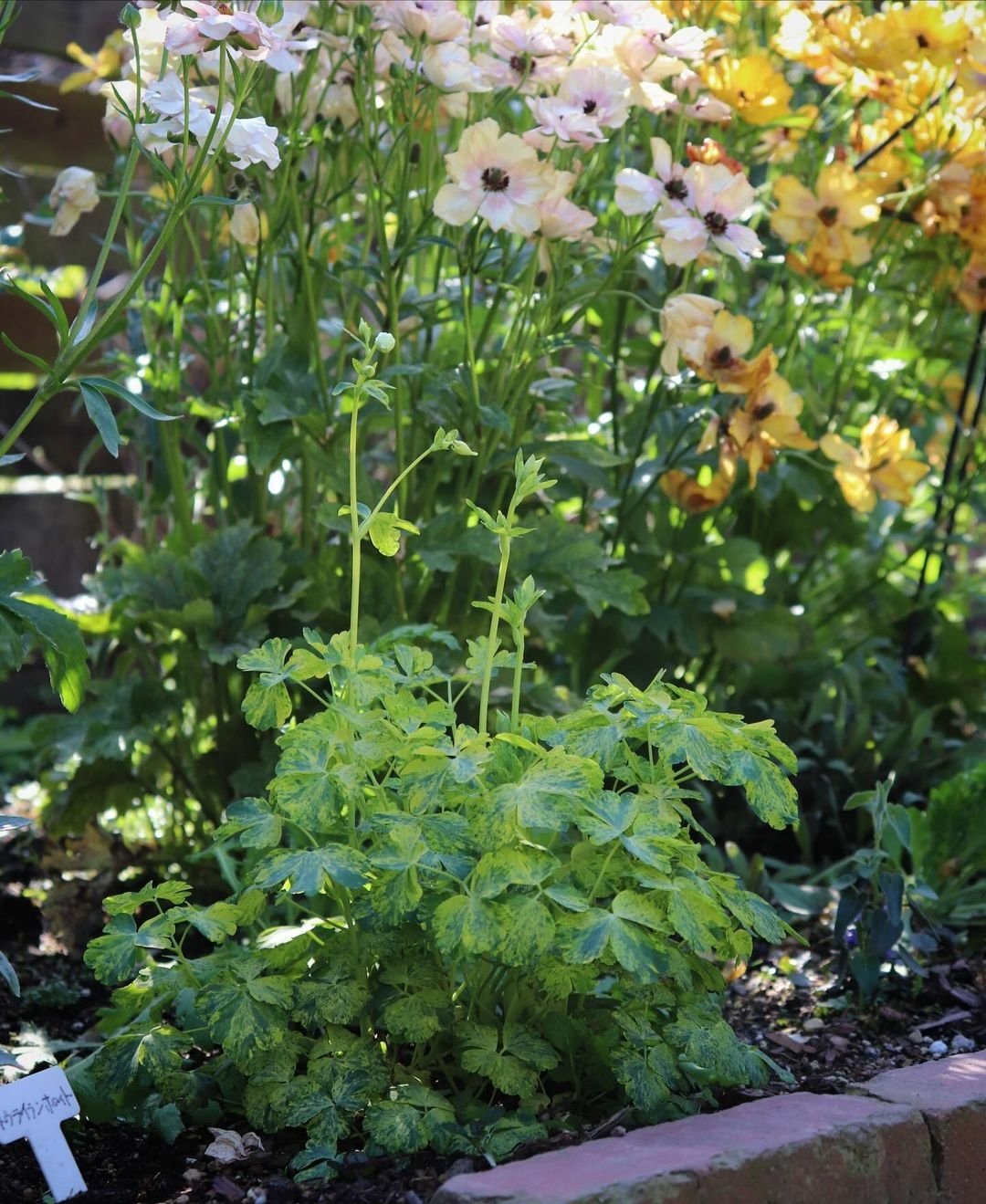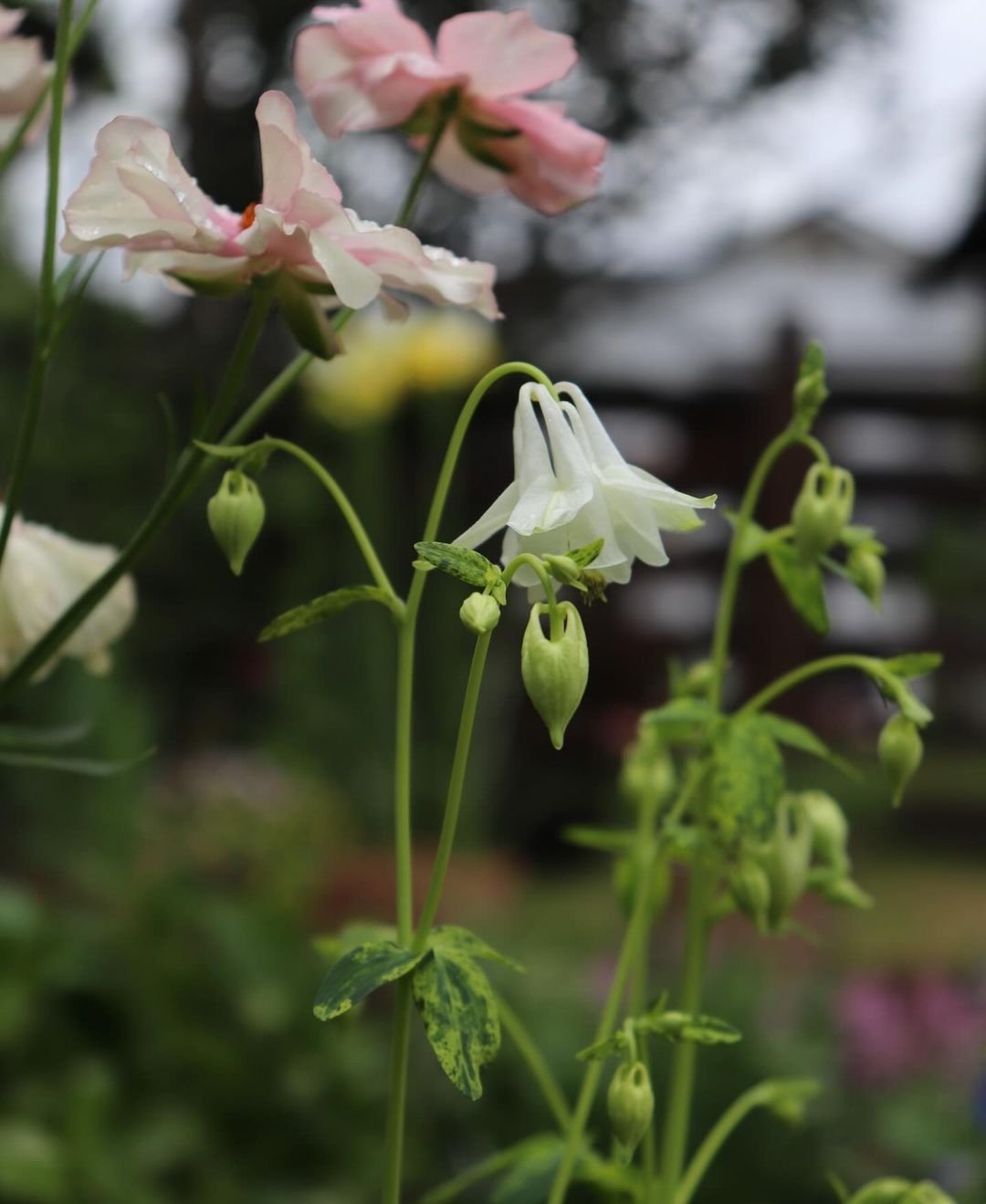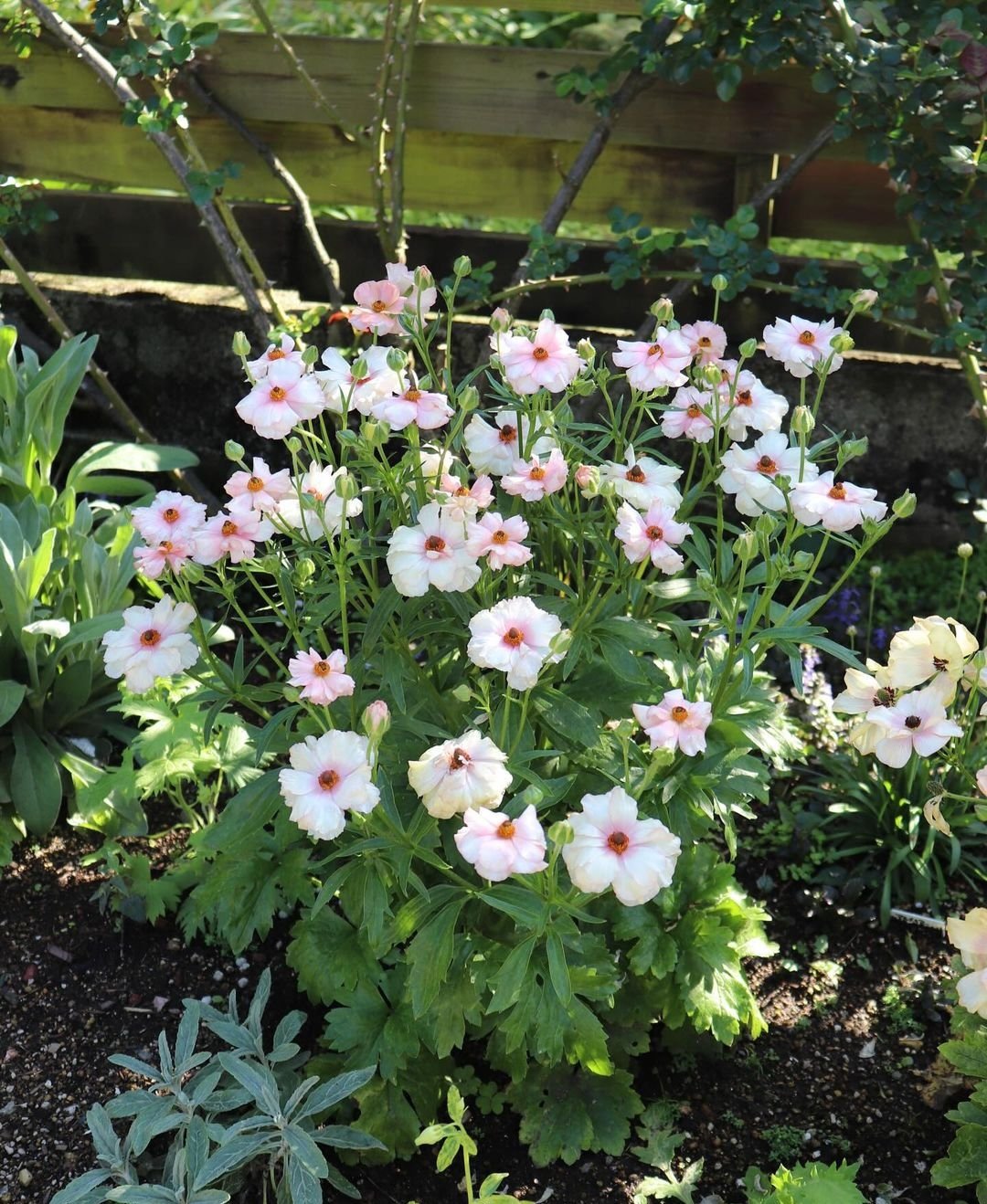Japanese Anemone Flower
0 comments




In the realm of flora, few flowers carry the delicate yet enduring essence quite like the Japanese anemone. Its ethereal beauty and resilience make it a beloved symbol in gardens and literature alike. Also known as Anemone hupehensis or the windflower, this plant holds a rich cultural significance in Japanese and Western traditions.Native to East Asia, particularly China and Japan, the Japanese anemone belongs to the Ranunculaceae family. It boasts tall, slender stems adorned with solitary flowers that bloom in late summer to early autumn, adding a burst of color to fading gardens. The flowers, with their papery petals in shades of pink, white, or lavender, dance gracefully in the slightest breeze, hence its name.
In Japanese culture, the anemone carries various meanings, including protection against evil and ill wishes. It's also associated with anticipation and anticipation of loved ones' return, making it a popular choice for welcoming ceremonies. In the language of flowers, the Japanese anemone symbolizes anticipation, unfading love, and protection, adding depth to bouquets and floral arrangements.Beyond its symbolic significance, the Japanese anemone's resilience in adverse conditions is remarkable. It thrives in partial shade to full sun and tolerates a wide range of soil types, making it adaptable to diverse environments. Its ability to spread via rhizomes allows it to colonize areas with ease, earning it a reputation as both a garden gem and a potential nuisance.
In gardens, the Japanese anemone lends an air of elegance and tranquility. Its late-season blooms provide a welcome contrast to summer's vibrant hues, bridging the transition into fall. Whether planted as a border, in woodland settings, or beside water features, these flowers add charm and allure to any landscape.Caring for Japanese anemones is relatively straightforward. They prefer moist, well-drained soil and benefit from a layer of mulch to retain moisture and suppress weeds. Regular watering, especially during dry spells, promotes healthy growth and abundant flowering. Dividing clumps every few years helps control their spread and rejuvenates older plants.

Comments